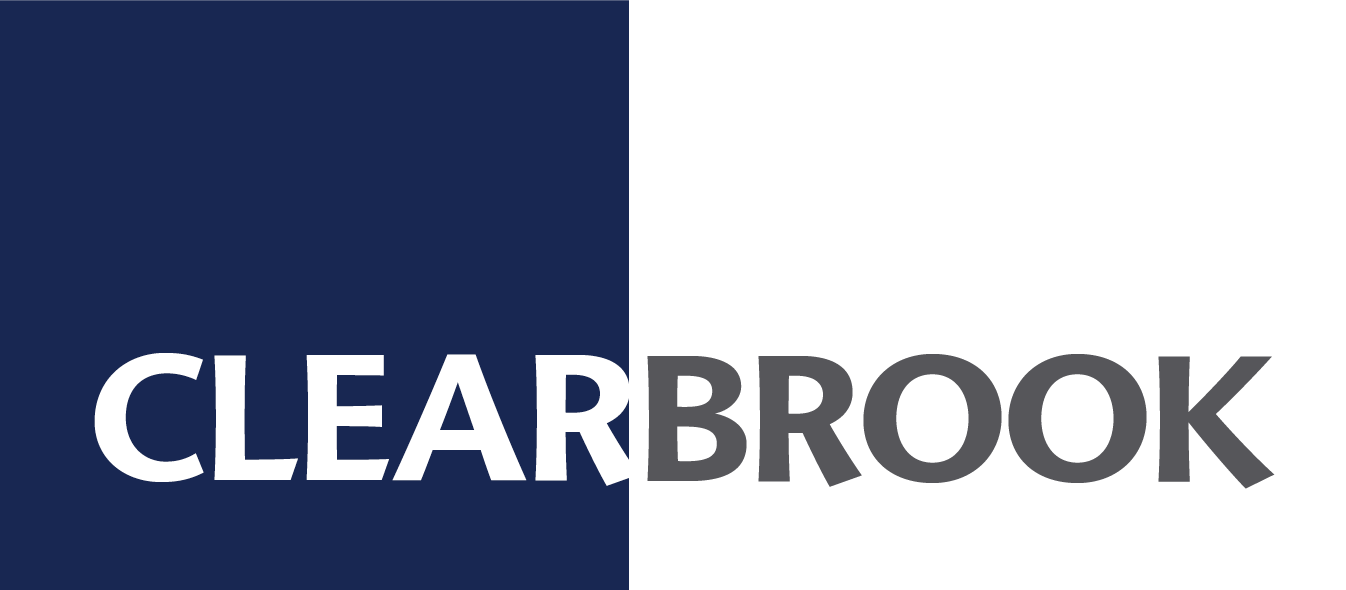Economic Data and Market Highlights
The US equity markets ended down slightly with the DJIA falling 54 basis points while the S&P 500 declined just 23 basis points. Within the S&P 500, sectors did not move in lockstep. Consumer Discretionary names tumbled 3.58% while Energy names advanced 1.58%.
The January U.S. employment report showed a moderation in job growth, with nonfarm payrolls increasing by 143,000, down from December’s revised gain of 307,000. The unemployment rate rose to 4.0%. Annual revisions indicated job growth averaged 166,000 per month in 2023, slower than the previously reported 186,000. Hiring was concentrated in health care, retail trade, and government, while declines were seen in mining, oil and gas extraction, temporary help services, and auto manufacturing. An updated employer survey revealed job growth was 589,000 lower for the year through March 2024 than initially reported. Following the report, Treasury yields rose, with the 10-year yield up five basis points to 4.48%, while stock futures remained steady and the Bloomberg Dollar Spot Index increased 0.2%. University of Michigan Inflation expectations were released Friday showing a jump in expected inflation to 4.3% versus 3.3% estimated. Consumer Confidence also trended slightly down.


President Donald Trump has reiterated his intent to eliminate the carried-interest tax provision, which allows private equity, venture capital, and hedge fund managers to pay capital gains tax rates on their share of profits rather than ordinary income tax rates. The Congressional Budget Office estimates that closing this loophole could reduce the federal deficit by $13 billion through 2034. Despite bipartisan efforts over the past decade, including from President Biden in 2022, the private equity industry has mounted strong resistance, citing the role of carried interest in incentivizing “sweat equity” and fostering job creation. Major publicly traded firms such as KKR, Blackstone, Apollo, and Carlyle have significant exposure to this tax treatment, with billions in unrealized carried interest, making any policy shift materially impactful to their compensation structures. Following Trump’s remarks, shares of these firms’ experienced declines, with KKR down 1.4% before partially recovering. While Trump campaigned on eliminating carried interest in 2016, the 2017 tax overhaul ultimately preserved it due to internal administration divisions and industry lobbying efforts. As the debate resurfaces, private equity stakeholders argue that changes to the tax code could disrupt capital markets and long-term investment models, forcing policymakers to balance potential fiscal gains against economic risks.
Amazon warned of potential capacity constraints in its cloud computing division, Amazon Web Services, despite plans to invest $100 billion in 2025, primarily for data centers, chips, and AI infrastructure. CEO Andy Jassy highlighted challenges in securing sufficient hardware and power, which could slow growth, though these constraints are expected to ease in late 2025. AWS revenue rose 19% to $28.8 billion in Q4 2024, but growth remained flat compared to Q3, reflecting similar capacity issues faced by rivals Microsoft and Google. Amazon spent $26.3 billion in capital expenditures in Q4, mostly on AI-related projects, and expects similar spending levels in 2025. Despite strong holiday sales, with total revenue up 10% to $187.8 billion and operating profit at $21.2 billion, below-expected Q1 guidance and capacity concerns led shares to fall nearly 3%. Operating income for Q1 is projected between $14 billion and $18 billion, below the $18.2 billion analyst consensus, while sales could reach up to $155.5 billion, missing the $158.6 billion forecast.
The January U.S. employment report showed a moderation in job growth, with nonfarm payrolls increasing by 143,000, down from December’s revised gain of 307,000. The unemployment rate rose to 4.0%. Annual revisions indicated job growth averaged 166,000

AI is not the only area where Chinese companies are developing faster and cheaper than the US as DeepSeek rattled markets last week. Biotech is seeing strong competition as well. Summit Therapeutics announced last fall that its lung cancer drug has outperformed Merck’s blockbuster therapy drug Keytruda in a head-to-head trial. Keytruda is the best-selling drug in the pharma industry and has dominated the market, so the news came at a big shock. Summit’s drug hasn’t received US regulatory approval yet, but this does highlight the emerging threat China poses as Summit had licensed the drug just two years earlier from a small Chinese biotech company called Akeso. In 2020, large pharmaceutical transactions worth $50 million or more only had 5% represented by Chinese companies. In 2024, that number rose to nearly 30% per DealForma data. In some ways it is mirroring the rise in technology as China is competing with industries normally dominated by US companies. Many top scientists trained in the US have returned to China over the past decade fueling the rise of biotech companies around Shanghai. These biotech companies operate with a lower cost workforce and can conduct clinical trials at a fraction of the cost of what US companies pay. US investors have indicated that while these warrant close attention, there is a large amount of skepticism due to past instances of fraud.
On Tuesday, Feb 4th, the Trump Administration noted it would study a national bitcoin reserve previous announced. Given the direction that the administration has taken in other areas related to USAID, Gaza, etc., some investors suggested that this may be a signaling that Trump may not move forward as quickly as anticipated or at all. As a result, bitcoin fell below $100,000 and was off 5.76% for the week.
The Past Week’s Notable US data points (with revisions)
 The Upcoming Week’s notable US data points
The Upcoming Week’s notable US data points


Data Source: Blackrock, Bloomberg, Charles Schwab, CNBC, Goldman Sachs, J.P. Morgan, Jim Bianco Research, Morningstar, MarketWatch, Standard & Poor’s, and the Wall Street Journal.
Authors:
Jon Chesshire, Managing Director
Michael McNamara, Analyst
Sam Morris, Analyst
